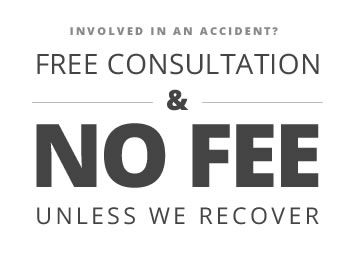One man was killed and another injured when a construction site scaffolding collapsed beneath their feet, sending them the ground 25 feet below. ABC affiliate WJLA Channel 7 News reported that the incident occurred at the Sugarloaf Elementary School in Frederick County, Maryland on December 11, 2017. The worker who died was pronounced dead at the scene, while the injury victim was transported to Frederick Memorial Hospital for treatment of his broken leg. Officials continue their investigation into how the scaffolding accident occurred, as one key aspect of the investigation will center on whether there were any violations of regulations established by the Occupational Safety and Health Administration (OSHA). The story raises some complex issues about how Maryland workers’ compensation rules apply when there is a potential failure to comply with OSHA rules.
Duties of Maryland Employers
Under state and federal law, employers have a legal obligation to provide a safe work environment and comply with standards that safeguard employees. Failure to adhere to these rules can lead to severe injuries for workers, including those who work on temporary structures like scaffoldings. However, despite enactment of safety measures, many workers still sustain serious injuries: OSHA estimates that, of the 2.3 million individuals that regularly work on scaffolds, around 4,500 are injured and 60 are killed annually.
OSHA Regulations on Scaffolding Safety
To protect employees that work on scaffoldings, OSHA has implemented standards to reduce the risk of injury or death. Therefore:
- There are strict requirements for the type of equipment, weight capacity, method of construction, and usage for scaffolding. The structure must be able to hold its own weight, plus a load four times the maximum foreseeable load.
- Workers must use fall protection equipment, such as belts, harnesses, drop lines, and anchorages. This gear should be inspected regularly.
- Any scaffolding structure or safety equipment should be removed from the site immediately if it shows wear or damage.
- The scaffolding itself should be erected, moved, and taken down under the supervision of a qualified individual. It must also be inspected for flaws and damage before every work shift.
Scaffolding Injuries in the Workplace
Under Maryland law, the sole remedy for a worker injured in a scaffolding accident is to file a workers’ compensation claim. If eligible, a victim can obtain such benefits as medical costs, wage reimbursement, and disability payments. An employee does not need to prove that the employer is negligent in order to recover compensation. This means the worker can get benefits much faster and get back on the job.
As the sole remedy, a workers’ comp claim bans an injured employee from filing a personal injury lawsuit against the employer for negligence, such as failing to comply with OSHA standards. However, if there is willful or intentional conduct that resulted in a scaffolding accident, a victim may sue in court for his or her injuries.
OSHA regulations regarding scaffolding and other job-related conditions are intended to protect employees from workplace accidents, but there are complicated issues involved when an employer violates these standards. For more information on Maryland workers’ compensation laws in the context of scaffolding accidents, please contact the Baltimore County, MD office of attorney Michael A. Freedman.
See Related Blog Posts:
What Are My Benefits Under Maryland’s Workers’ Compensation System?
The Difference Between Maryland Workers’ Compensation and Negligence Claims


